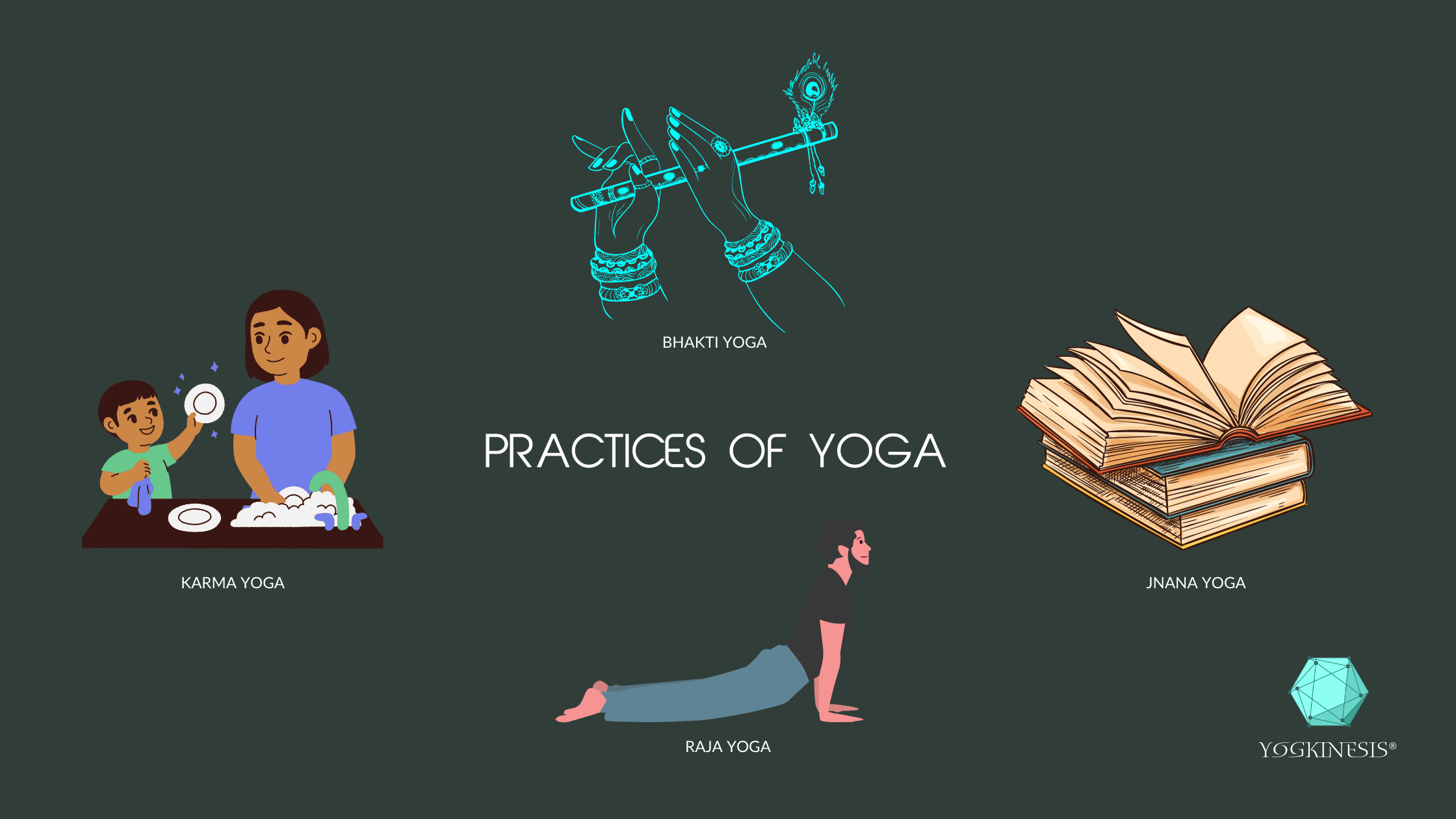
3. Jnana Yoga
Jnana yoga is one of the four main paths of yoga and the most direct road to reach the goal described in the philosophy of Advaita Vedanta: Self-realization. As recounted many times in Vedantic scriptures such as the Upanishads and the Yoga Vasishta, when the student is ready, liberation, or moksha, can come very quickly. Here is the three-step process that leads to self-knowledge:
1. The guru explains to the students the teachings of Vedanta and what Brahman is. He often uses stories and analogies to make his point. The students listen attentively and this step is called sravanam, which means listening.
2. The student reflects upon what he or she has heard, cogitates, and tries to comprehend the subtle truths that have been taught to him or her. This is called manana, which means reflecting or contemplating.
3. The student meditates on the Brahman of the Upanishads and this leads to the intuitive, direct experience of Truth. This is called nididhyasana, or meditating.
Sravanam - Mananam - Nididhyasana
Sravanam is superior to the mere reading of the scriptures. To get the full benefit from this practice, a qualified guru should impart the teachings directly to the student. A mystical transfer of the spiritual state of consciousness experienced from the guru to the student takes place at this time. This is one of the reasons the internet and books are just preparation before meeting a teacher and will never replace direct contact with a live teacher.
Mananam indicates that the student should spend some time in solitude and quiet to think deeply about the implications of what has been learned. This helps develop depth of thinking which is quite a rare quality in our modern times.
Nididhyasana is deep and constant meditation. From the last two steps, it is now obvious to the practitioner that Brahman is the only reality that counts and its realization is all the aspirant wants. That eagerness leads to successful meditation. There are many scriptural instances where the student reaches the goal in a matter of just a few days or just a little longer. Results may vary with each case. Joking aside, most of us find that the results are not coming as soon as they should. What is the reason? The reason is that the aspirant must be ready to receive that knowledge. He or she must be qualified for it, pure enough. Sri Sankaracharya explains that the student must be equipped with the four means of salvation.
The Jnana yoga student should equip himself with the four means of salvation to be fit to receive the knowledge of Brahman. These four means are called Sadhana Chatushtaya. The student can work on these practices all at once or serially. For example, starting with the first one for a week or two, or for a month, then proceeding with the second one for the same period, and so on.
Viveka means discrimination. This is the intellectual ability to discriminate, or discern, between the real and the unreal. Vedanta defines the real as being permanent and the unreal as being temporary. The absolutely real, Brahman, is eternal. It lasts forever. Vairagya means dispassion and detachment. There is a logical order in the four means. After sufficient practice of Viveka, the temporary, ephemeral nature of the world and its objects becomes obvious and a natural lack of attraction to them takes place. This is Vairagya. One should then endeavor to become more dispassionate to purify the mind and improve one's concentration and steadiness of mind. Shad-Sampat means the six virtues. This practice consists in developing six qualities or virtues. They are Sama - Tranquility or control of the mind. Dama - Control of the senses. Uparati - Renunciation of activities that are not duties. Titiksha - Endurance, forbearance of the pairs of opposites. Shraddha - Faith. Samadhana - Perfect concentration, one-pointedness of the mind. Mumukshutva means intense longing for liberation. When this stage is reached, moksha (liberation) is not one of the jnani's desires, it is not even the biggest desire, it is the ONLY desire.